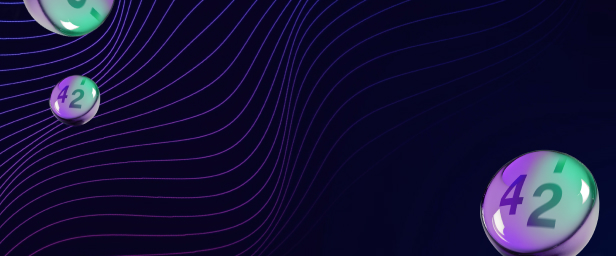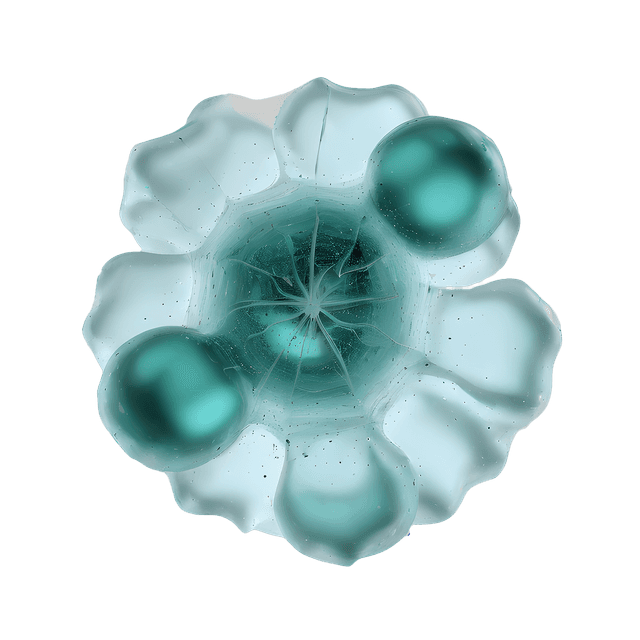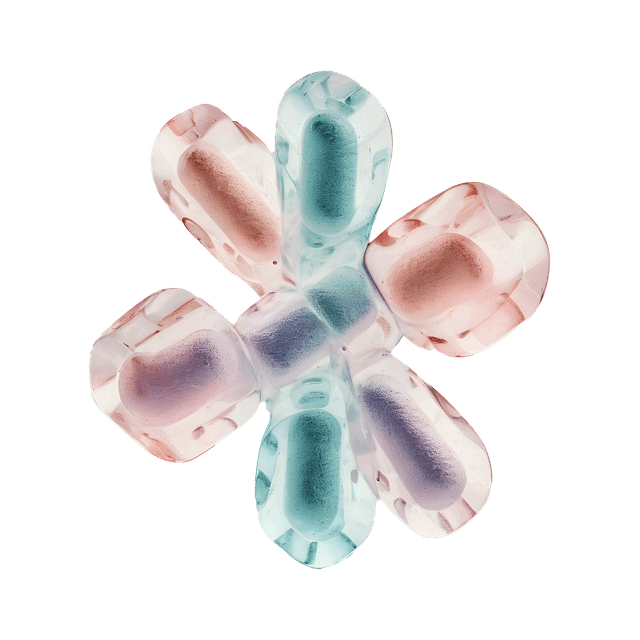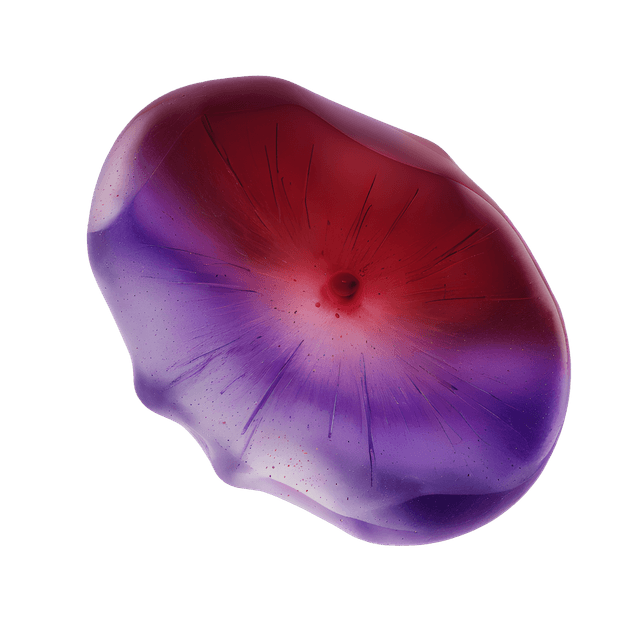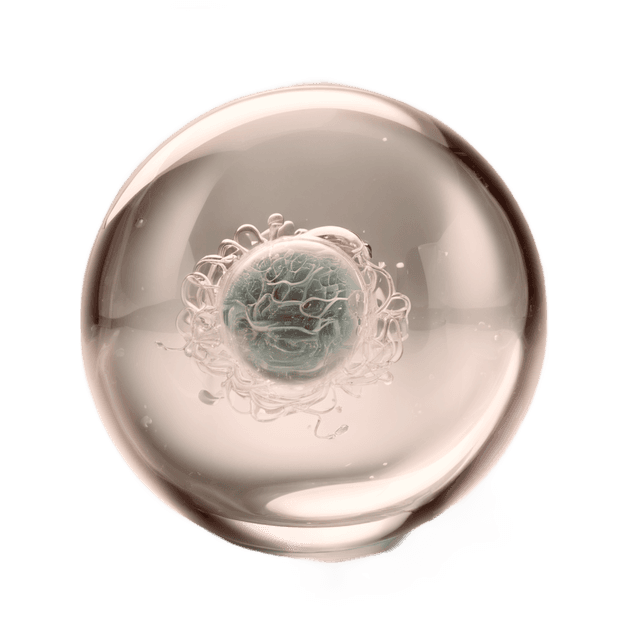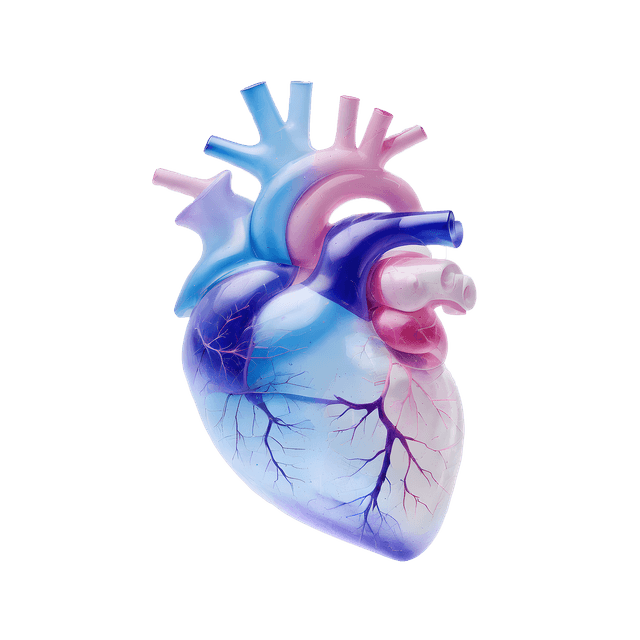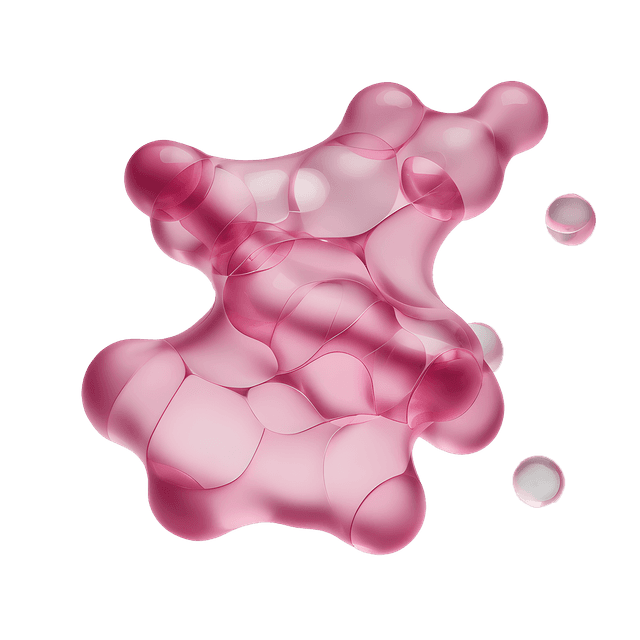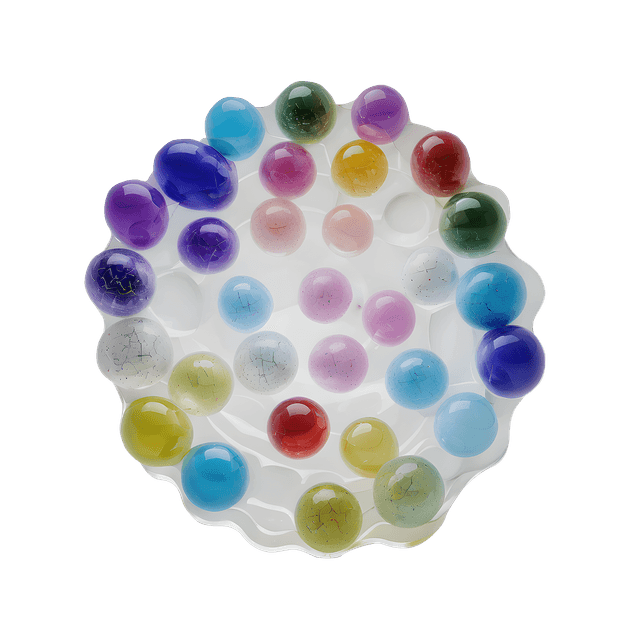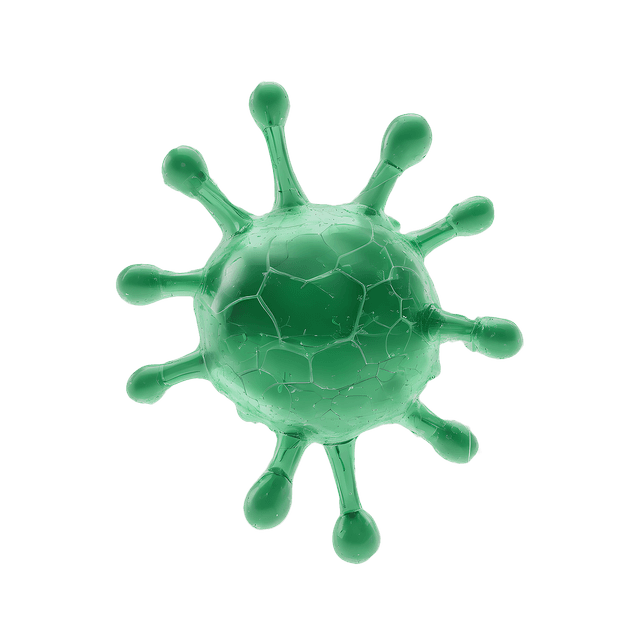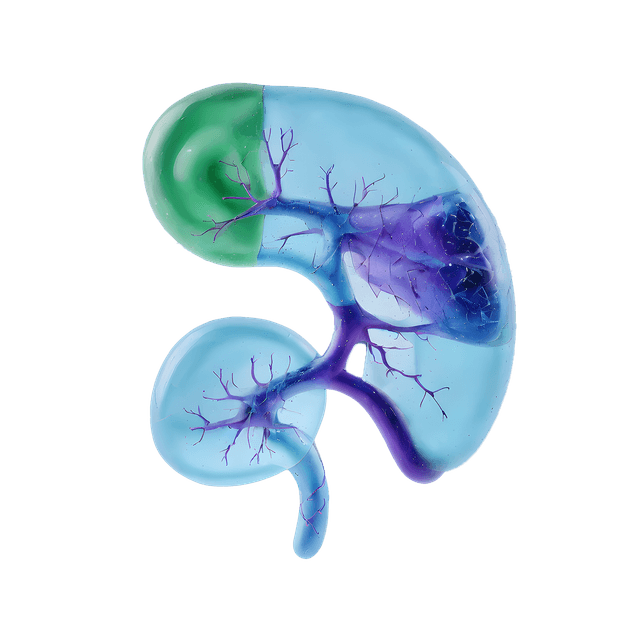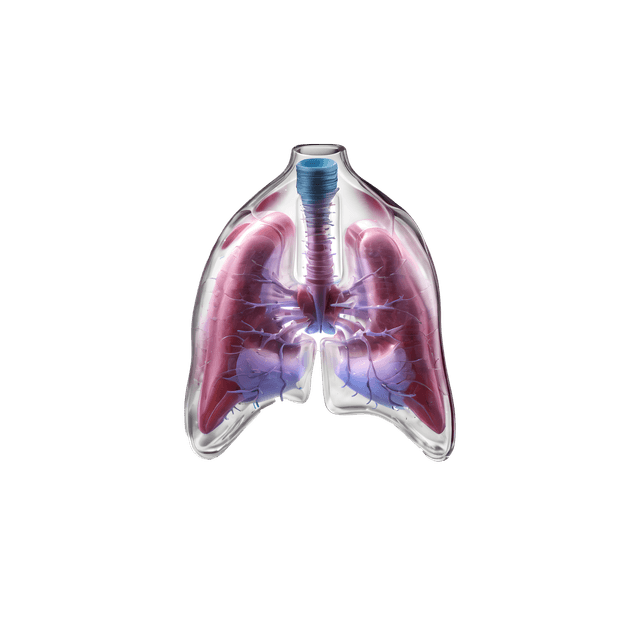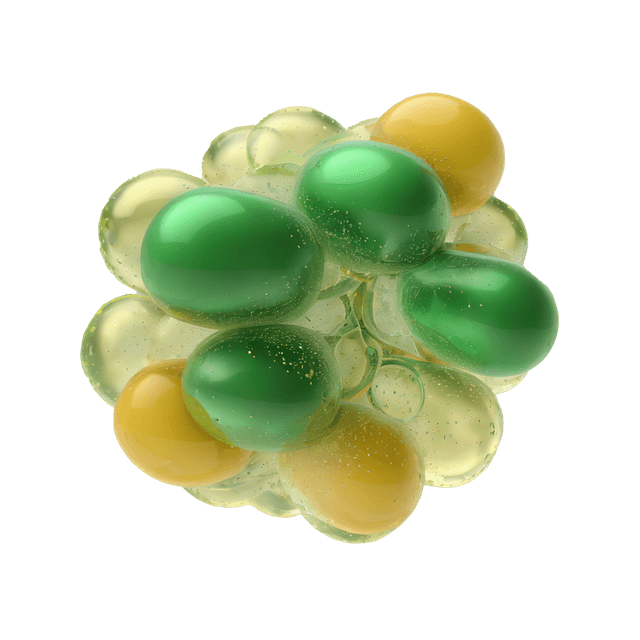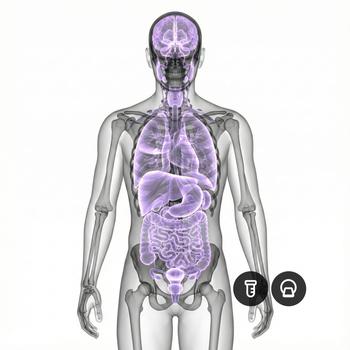Quick version
The bladder is a central organ in the urinary system and is responsible for storing urine before it leaves the body. Bladder problems are common but are often easy to treat.
- Functions as a temporary storage place for urine
- Often affected by infections and inflammations
- Commonly examined through urine tests, ultrasound, or cystoscopy
- It is important to drink enough fluids for good bladder health
What is the bladder?
The bladder is a hollow, elastic organ whose function is to temporarily hold the urine produced by the kidneys. The bladder is located in the pelvis, behind the pubic bone, and typically holds about 300–600 milliliters of urine in an adult. When the bladder fills, it sends signals to the brain telling us that it’s time to empty it.
Anatomy of the bladder
The bladder consists of several layers: an inner mucous membrane (urothelium), a muscle layer (the detrusor muscle), and an outer layer of connective tissue. The opening of the bladder leads to the urethra, which helps expel urine from the body. Men have a slightly longer urethra that passes through the prostate, while women’s urethra is shorter and opens above the vaginal opening.
Function of the bladder
The bladder serves as a temporary storage site for urine until it is appropriate to empty it. Both voluntary and autonomic systems control when the bladder empties by sending nerve signals to the brain. During urination, the detrusor muscle contracts while the urethral sphincter relaxes.
Bladder pain and common diseases
Several conditions can cause bladder pain, such as urinary tract infection (UTI), cystitis (bladder infection), interstitial cystitis, and bladder cancer. Urine leakage, or incontinence, is also a common problem, particularly among older adults and women after pregnancy.
Examination and diagnosis
To diagnose bladder-related issues, urine tests, ultrasound, cystoscopy (a camera examination of the bladder), and sometimes X-rays are often performed. The doctor evaluates symptoms such as pain, urgency, urine leakage, and blood in the urine. If an infection is suspected, a bacterial culture is conducted.
Relevant symptoms
- Pain or pressure in the lower abdomen
- Frequent urge to urinate
- Pain or burning sensation during urination
- Blood in the urine (hematuria)
- Urine leakage
- Frequent nighttime urination (nocturia)
Related conditions and diagnoses
- Urinary tract infection (UTI)
- Cystitis (bladder infection)
- Bladder cancer
- Interstitial cystitis
- Urinary incontinence
- Prostate problems in men

